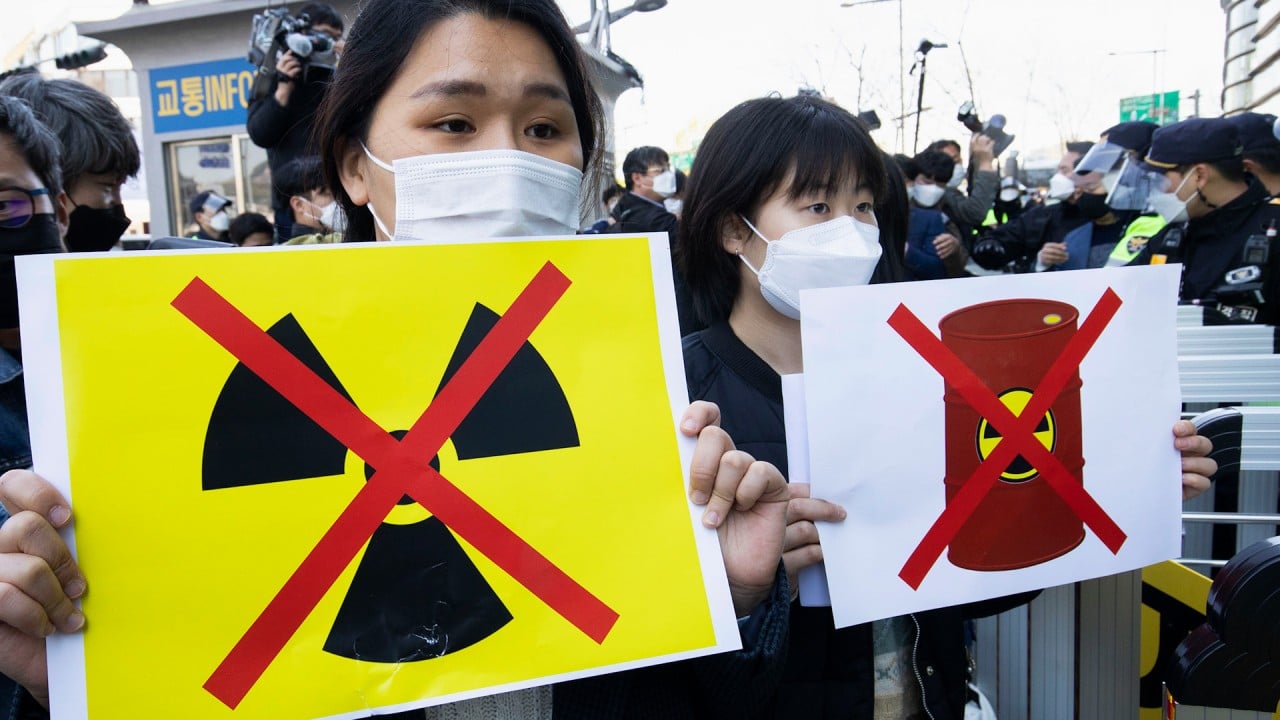Editorial | No room for mistakes with release of water from Fukushima
- As Japan prepares to put plan at wrecked nuclear power station into action, the radiation concerns of neighbouring countries must be addressed

Radiation cannot be seen or felt, so it is often feared regardless of whether it exists at benign natural levels or dangerous doses.
It is understandable that grave concern has been raised by Japan’s plans to release radioactive water from its wrecked Fukushima Daiichi nuclear plant into the Pacific Ocean.
The water was contaminated while cooling three reactors that melted down after a massive 2011 earthquake and tsunami that hit the country’s coast killing thousands of people. For 12 years, the waste liquid has been stored on-site in 1,000 huge tanks that are now nearly full.
Japan has proposed resolving the crisis by filtering and diluting the water before releasing it through an underwater tunnel that stretches 1km (0.6 miles) into the ocean.
Tokyo insists that radiation levels in the water will be below international safety standards, an assessment supported by the United Nations’ nuclear watchdog, the International Atomic Energy Agency (IAEA).
Neighbouring countries are far from convinced. Pacific island nations fear the water will contribute to nuclear contamination of the so-called Blue Pacific.


